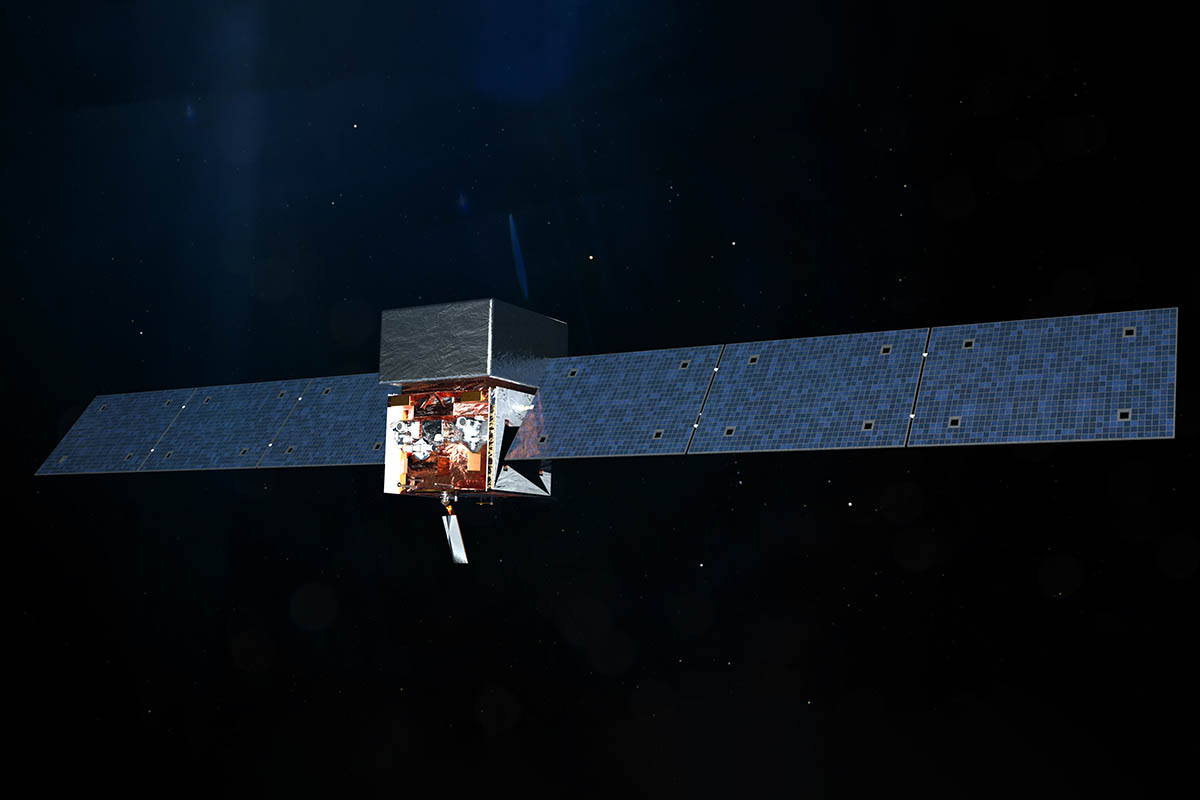Astronomers have been looking for the origin of some high-energy protons (PeV) in our galaxy for a long time. After 12 years of research using Fermi gamma-ray telescope data, NASA has confirmed that the supernova remnant is just such a source of extreme cosmic particles.

Fermi proved that shock waves from supernovae accelerate particles to a speed close to light. These particles, called cosmic rays, are mostly in the form of protons, but may include atomic nuclei and electrons. Since they all carry an electric charge, their paths become entangled as they move through our galaxy’s magnetic field. Due to the unpredictable trajectory, scientists have not been able to find the source of the origin of extreme particles for a long time. But one effect made it possible to fix the place of their origin.
When particles with extreme energy collide with interstellar gas near a supernova, they create a bright glow of gamma rays — high-energy light reaching billions of electron volts. Trapped by chaotic magnetic fields, the particles repeatedly cross the supernova shock wave, gaining speed and energy with each passage. Subsequently, the magnetic field can no longer hold them, and they break out into interstellar space.
Found source
Astronomers have studied the remnants of supernovae in detail. However, out of 300 residues, only some of them emit gamma rays with sufficiently high energy. But one particular stellar catastrophe has attracted a lot of attention from astronomers. This is a comet-like cloud called G106.3+2.7, located at a distance of approximately 2,600 light-years in the constellation Cepheus. The bright pulsar J2229+6114 covers the northern edge of the supernova remnant, and astronomers believe that both objects were formed as a result of a single explosion.
The Fermi telescope detected gamma rays with a power of one billion electron volts from the expanded tail of the remnant. Further, the VERITAS telescopic radiation imaging system at the Fred Lawrence Whipple Observatory in southern Arizona registered gamma rays of even greater energy from the same region. The Cherenkov high-altitude gamma Observatory in Mexico and the AS-Gamma experiment in China detected photons with an energy of 100 trillion electron volts in the zone studied by Fermi and VERITAS. To understand the power of radiation, for comparison, the energy of visible light is from about 2 to 3 electron volts.
“With the help of Fermi data for 12 years, we have made sure that G106.3+2.7 is indeed a source of high-energy protons,” explained co-author Henrique Fleischhacker from the Catholic University of America in Washington and Goddard Space NASA.
An article detailing the results, led by Fang, was published on August 10 in the journal Physical Review Letters.
Follow us on Twitter to get the most interesting space news in time
https://twitter.com/ust_magazine
